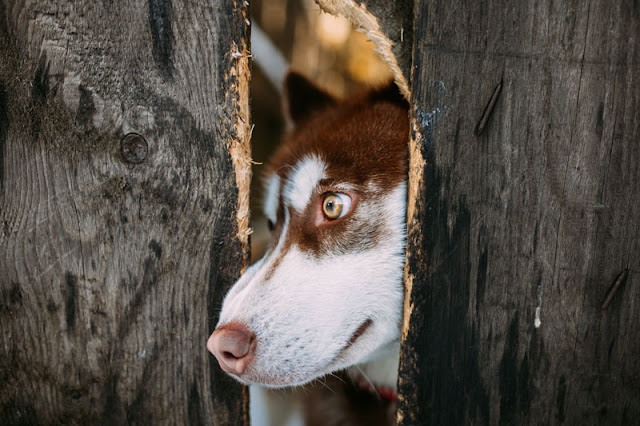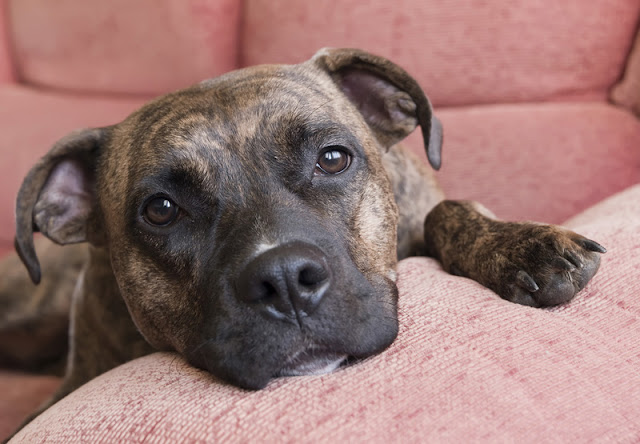Is Having a Pet Cat Becoming a Luxury?
More people are choosing pedigree cats, according to a new report from Cats Protection, while others have to surrender their cat due to costs.
 |
| Photo: Shutterstock |
This page contains affiliate links which means I may earn a commission on qualifying purchases at no cost to you.
There are some changes in cat ownership in the UK, according to the CATS Report 2025 from Cats Protection. For the first time, 51% of newly-acquired cats in the UK are pedigrees rather than moggies (mixed-breed cats).
The report is based on a representative sample of cat guardians in the UK and sheds light on some interesting trends. Here are some of the highlights of the report.
Changes in getting (and giving up) cats
24% of households in the UK have at least one cat. While most of these homes have just one cat, 34% have 2 or more. Whereas in 2020 there were more female than male cat guardians, in 2025 it’s a more equal picture.
Cat ownership has risen amongst the 18-34 age group but gone down amongst those aged 35-54. People with children are more likely to have a cat.
Amongst people who got a cat in the last 12 months, 49% of them are in the most affluent social groups. And amongst people under 55, there’s been an increase in getting a pedigree rather than a moggy. However, many of those with a pedigree say that their cat doesn’t have any papers.
Unfortunately, some breeds of cat have health issues associated with their conformation (looks), and Cats Protection says that this applies to 7% of the pedigree cats obtained in the last year. Specific breeds that they mention as having health issues due to their breeding are the Munchkin, Persian, Scottish Fold, Sphynx, and Bully Cat (created from Munchkin and Sphynx cats). Of these, the Persian and Scottish Fold are most popular, representing 4% and 2%, respectively, of cats obtained in the last 12 months.
Just as brachycephalic dogs can have many health issues and can struggle to breathe, the same applies to brachycephalic cats like the Persian. Meanwhile Scottish Fold cats have those distinctive folded ears as a result of a painful cartilage abnormality which also affects other parts of their body. So it’s obviously concerning that these are amongst the most popular breeds.
The most popular pedigree cats obtained in the last year are the British Shorthair (9%) and British Longhair (5%).
The number of cats being adopted from shelters has gone down in the UK, while the number being bought has gone up. Younger, more affluent people who live in cities are more likely to buy than adopt a cat.
Amongst people who had surrendered a cat, a fifth (21%) said it was because they could not afford to care for the cat.
The report says,
“Over time, cat acquisition has started to skew towards higher socio-economic groups, pedigree cats and purchase rather than adoption.
Meanwhile, the general rise in cost of living seen in recent years has added pressure on the less financially able, while also increasing the costs of caring for a cat, including vet costs. This suggests a widening gap between ‘rich and poor’ and raises an important question for society: how comfortable are we that cat ownership is moving towards being a luxury, and what are the wider implications of this?”
Getting cat advice from social media
The report shows that people do look for information about cats, with 45% of people looking for info or advice at least once a month. Those most likely to look for info are younger cat guardians, people who keep their cat indoors-only, and people who also have a dog.
People report that a vet is their main source of information (58%), with the internet (50%), friends and family (35%), and social media (22%) as other common sources of info about cats. Amongst young people, Youtube and TikTok are especially important, and for cat guardians as a whole, Facebook and Instagram can be added to this list as common sources of information.
The health of cats
The report shows that fewer people are getting their cats neutered, and that more people are choosing to breed their cat, although they are mostly giving the kittens away rather than selling them. 82% of cats in the UK are neutered, but this figure falls to 71% for the cats of people age 18-34. In particular, pedigree cats are less likely to be neutered.
Only 64% of cats are taken to the vet every year. The most common reasons for not taking a cat to the vet are the cost (25%) and it being too stressful for the cat or their guardian (25%).
From a behaviour perspective, 74% of cats were said by their owners to have shown at least one sign of stress in the past year. Of course, people may not always spot these signs. The most commonly reported stress reactions included running away from people, being afraid of loud noises, hiding a lot, screaming or screeching, and peeing outside the box.
If you have concerns about your cat’s behaviour, start with a visit to your vet. There are also many things you can do to reduce stress for your cat, including making sure that you are providing the five pillars of a healthy feline environment.
 |
| Get Purr: The Science of Making Your Cat Happy |
The report shows some interesting changes in how cats are acquired and cared for in the UK.
If you’d like to know more about what cats need, check out my book Purr: The Science of Making Your Cat Happy. If you want to make vet visits easier, Purr includes a plan to teach your cat to love their cat carrier.
Do you think there is an increase in pedigree cats where you live? And how do you feel about people looking for information about cats on social media?




